
®
SHIPSPOTTING.COM
WELCOME TO SHIPSPOTTING.COM
WLADYSLAWOWO - IMO 7117280
Photo
details
Photographer:Malcolm Cranfield [ View profile ]
Captured:May 1, 1988
Title:Wladyslawowo
Location:Terneuzen, Netherlands
Photo Category:General Cargo Ships Built 1970-1979 (over 3000gt)
Added:Jun 1, 2023
Views:301
Image Resolution:2,149 x 1,242
Description:
Polish Ocean Lines' 1971 Nakskov built WLADYSLAWOWO outbound from Antwerp, passing Terneuzen, in May 1988.
In 1991, she was transferred to Pol-America S.A. and on 18 August 1997, following a final voyage from Rotterdam to Jeddah in June 1997, was beached at Alang for scrapping
scanned from a slide in my collection - source unknown
Vessel
particulars
Current name:WLADYSLAWOWO
Vessel Type:General Cargo
Gross tonnage:12,167 tons
Summer DWT:14,137 tons
Photos:9 photos by 8 photographers
AIS Position
of this ship
There is no AIS Position Data available for this ship!
Would you like to add AIS Coverage?

Photo
Categories
This ship exists in the following categories:
General cargo ships built 1970-1979 (Over 3000gt) - 9 photos
Photographers
of this ship
(8)
1 photos
1 photos
1 photos
1 photos
1 photos
2 photos
1 photos
1 photos
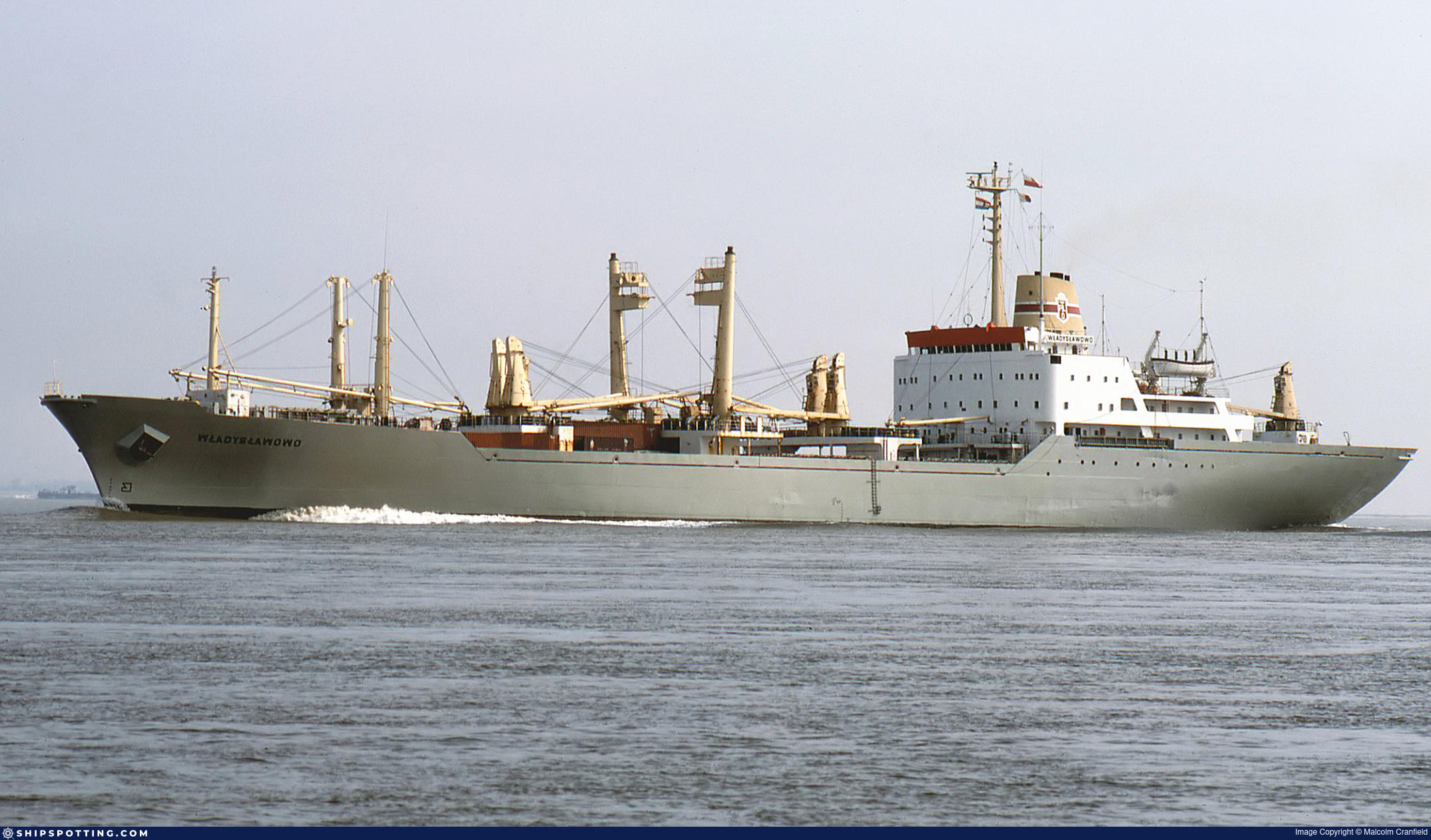

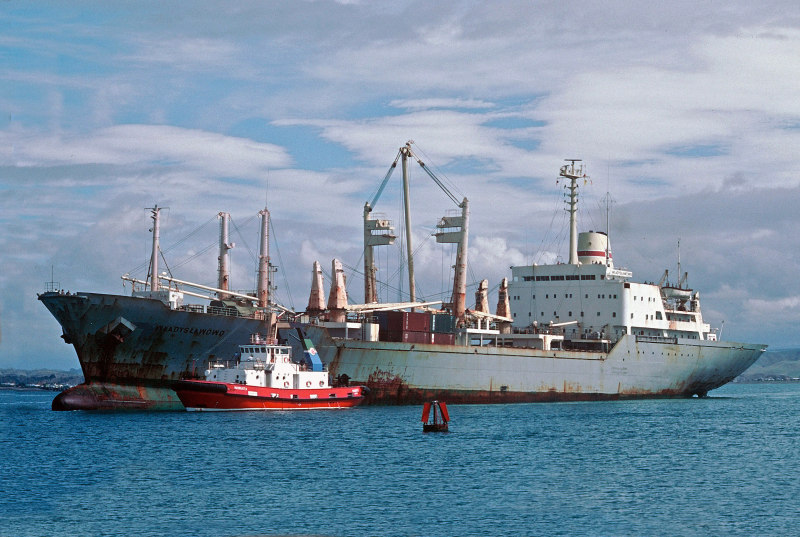
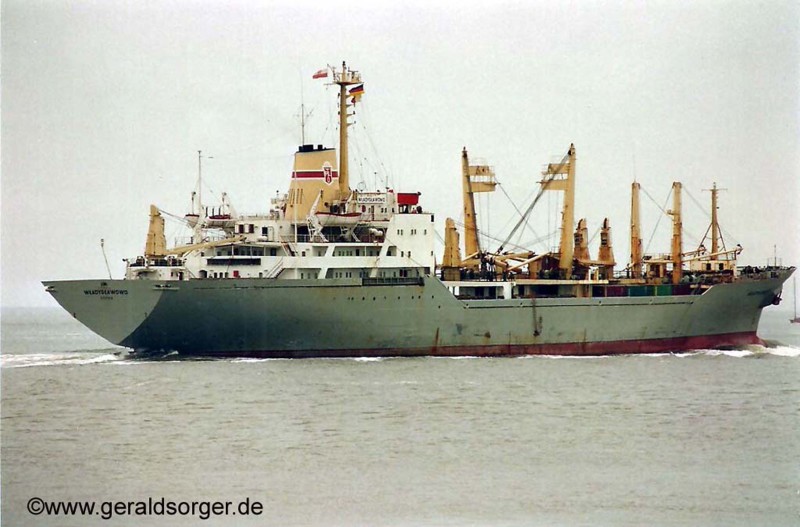
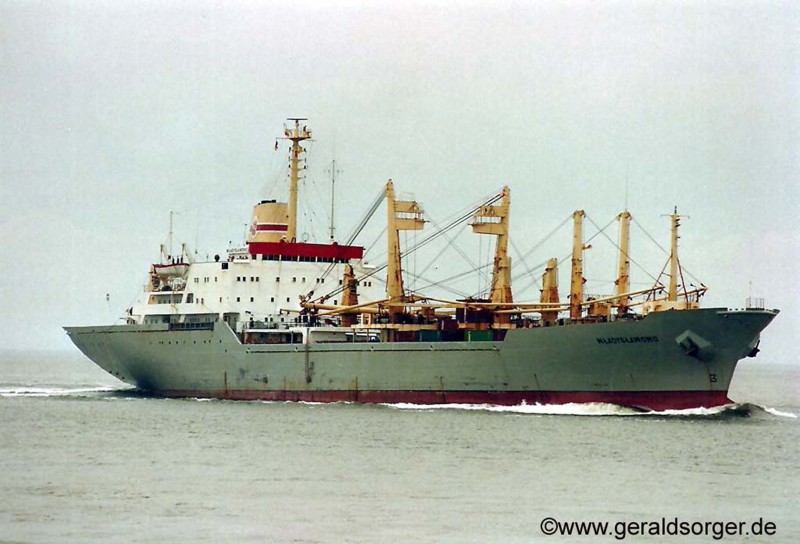
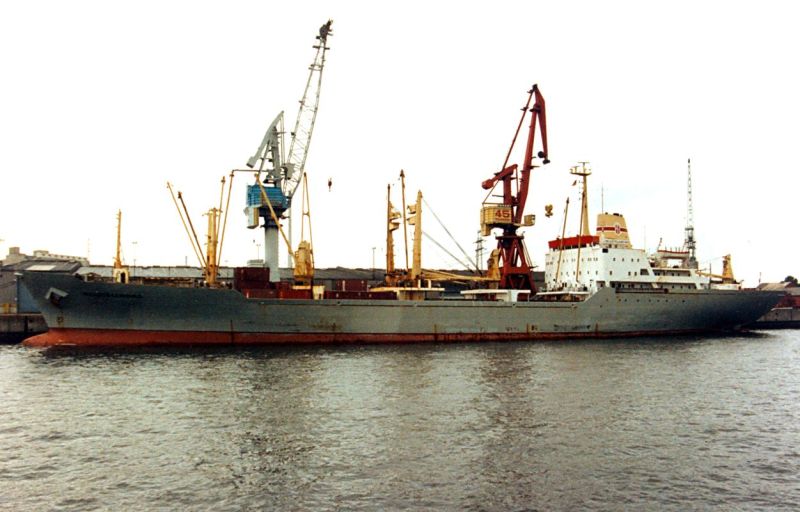
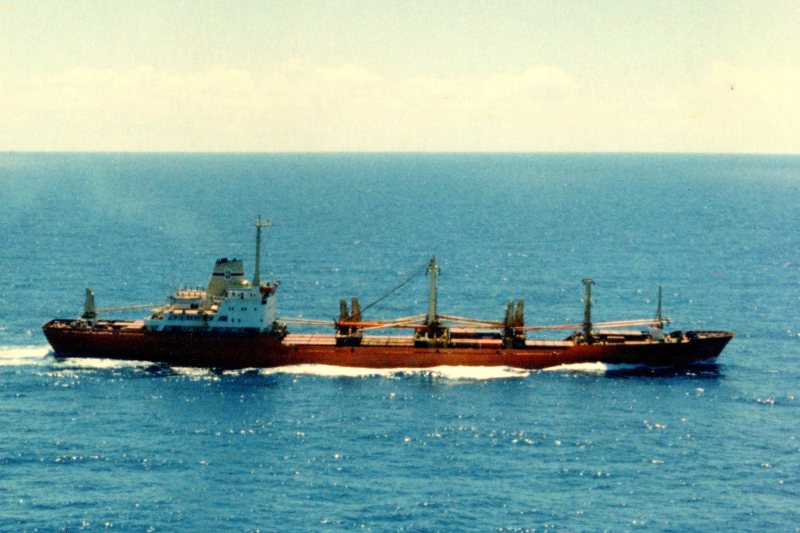
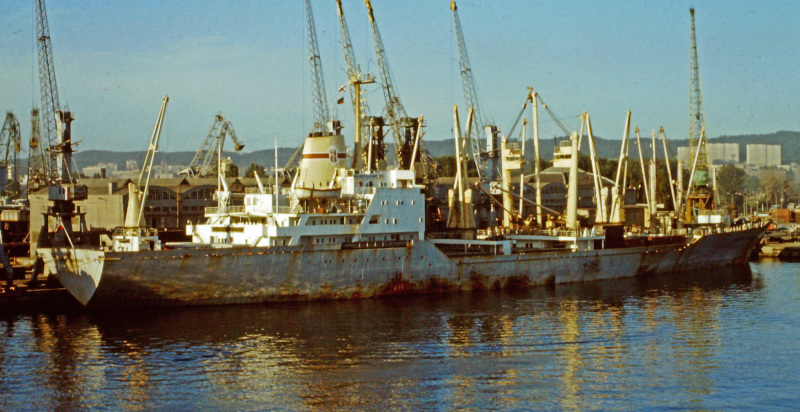
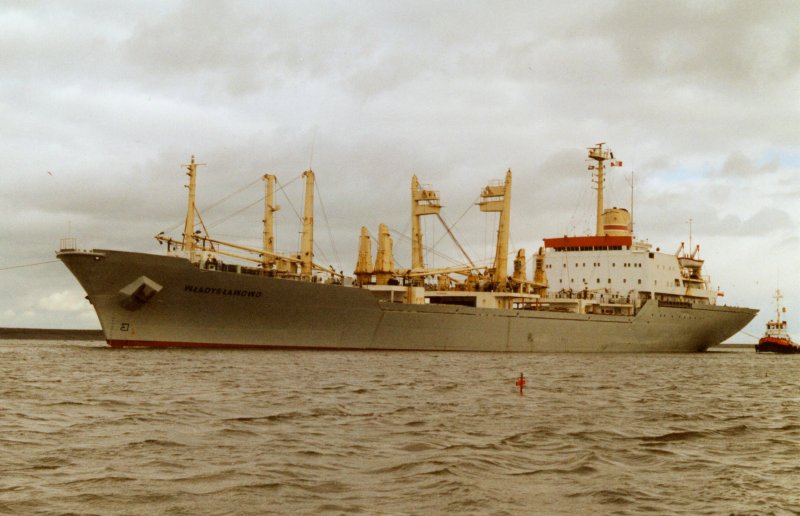
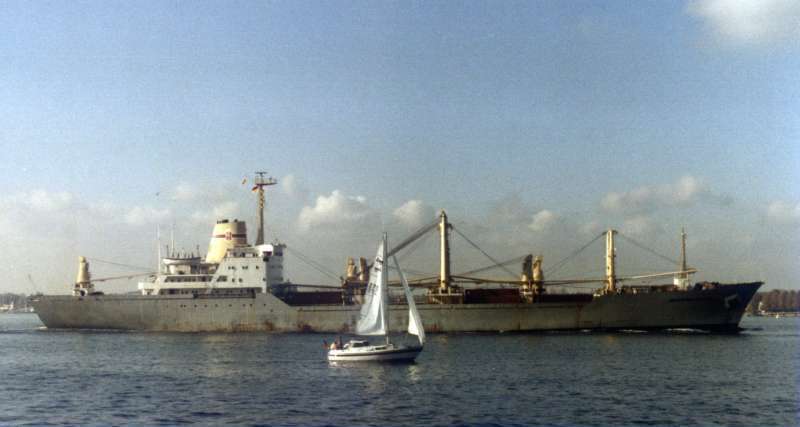


COMMENT THIS PHOTO(4)
thank you so much for this one!
It is interesting to see that "WLADYSLAWOWO" had an orange stripe over wheelhouse added already in 1988.
Among other vessels of the class, only "JURATA" received it too, but not before late 1995.
The Stulcken seems to be temporairly removed, for some kind of repair, I guess.
All kinds of dents in portside shell are consequences of accident, described here:
https://www.shipspotting.com/photos/1625177
Dear WUKA54,
Thank you very much for sharing the memories, it's hard not be a bit jelous ;-)
Do you have perhaps some photos, for "Ships' deck" category maybe?
Please be sure to check the arkiv.dk website, with pictures showing building, launching and trial period of "WLADYSLAWOWO" at Nakskov:
https://arkiv.dk/soeg?searchstring=wladyslawowo%2C+m%2Fs&page=0
Kind regards,
Marcin
Edit
comment
Pozdrawiam; Waldek
Edit
comment
Tak, wówczas bywało, że w kilkumiesięczny rejs brało się jedną rolkę filmu ORWO, a i świat był ciekawszy niż pokład własnego statku widywany codziennie. Z lat osiemdziesiątych, kiedy mój tata pracował w PLO, też nie mamy ich byt wiele - co nadawało się do publikacji, można zobaczyć u użytkownika "legnica".
Na szczęście są strony takie jak shipspotting, nok-schiffsbilder.de, oraz arkiv.dk. Również Fotoflite, choć ich oferta jest kosztowna.
Chciałbym kiedyś zobaczyć zdjęcia ekspresowców z Ameryki Południowej - przecież cztery statki pływały tam ponad dekadę - ale na razie nic nie znalazłem.
pozdrawiam serdecznie,
Marcin
Edit
comment
BRACIGOVO . The Polish ship was escorted almost around the clock. In January 1991, the ship was chartered to the US Military and Sealift Command, serving as an equipment and supply carrier for US Army units operating in the Persian Gulf area. On June 18, 1983, it was handed over to a daughter company - POL-America, for the purpose of servicing the East Coast Line of North America. In the winter of 1996, the ship carried the Polish polar expedition to Antarctica. In August 1997, after almost 26 years of service under the Polish flag, she was sold for scrap. Later that month, she arrived at Alang Beach, India, where scrapping began.
Technical data :
Tonnage :(1971) 7658 / 10930BRT ; 4208 / 6368NRT ; 9745/14150 t DW
(1984) payload changes 10930 / 14137 tDW
(1994) After the changes to the Convention on Load Lines i
unification of regulations:
12,167 GT, 6,776 NT, 14,137 tDW
Ship dimensions: 166.27 X 23.35 X 8.28 / 10.00 [m]
Number of holds: 6
Passengers: 12, in six double cabins
Main drive : 1 x B&W 8K84EF
Main engine power: 20,000 horsepower (14,720 kW)
Speed assumed by designers: 22.5 knots
Due to the powerful vibrations, it was reduced to a maximum of 20.75 knots
Classification Society: PRS
M/S Wladyslawowo was one of many PLO ships with which I had and (despite the passage of many years) memories connect me. Express ships built in Denmark, at the turn of the 1960s and 1970s, were our pride, one of the most modern and beautiful general cargo ships that sailed the seas and oceans at that time ... I had the pleasure of visiting a ship calling at the port
on a journey from the shipyard in Nakskov to Gdynia. Despite the bad winter weather , quite a few members of the seafarers ' families gathered on the wharf to greet them . My father was a member of the first crew. For several months, on behalf of PLO, he supervised the construction of the ship (earlier also m/s HEL). Later he worked on it, making two round trips Gdynia - Far East -
Edit
comment